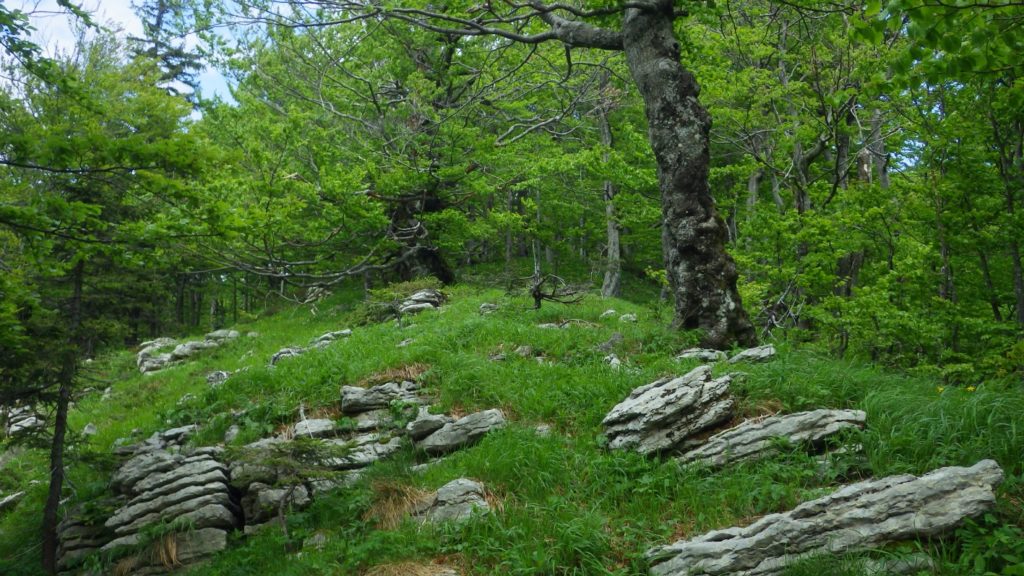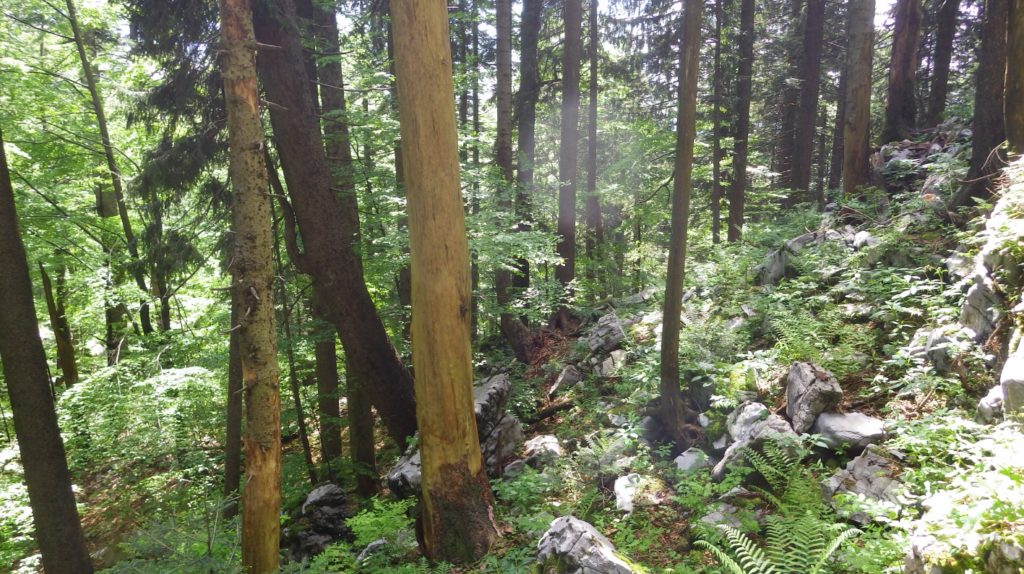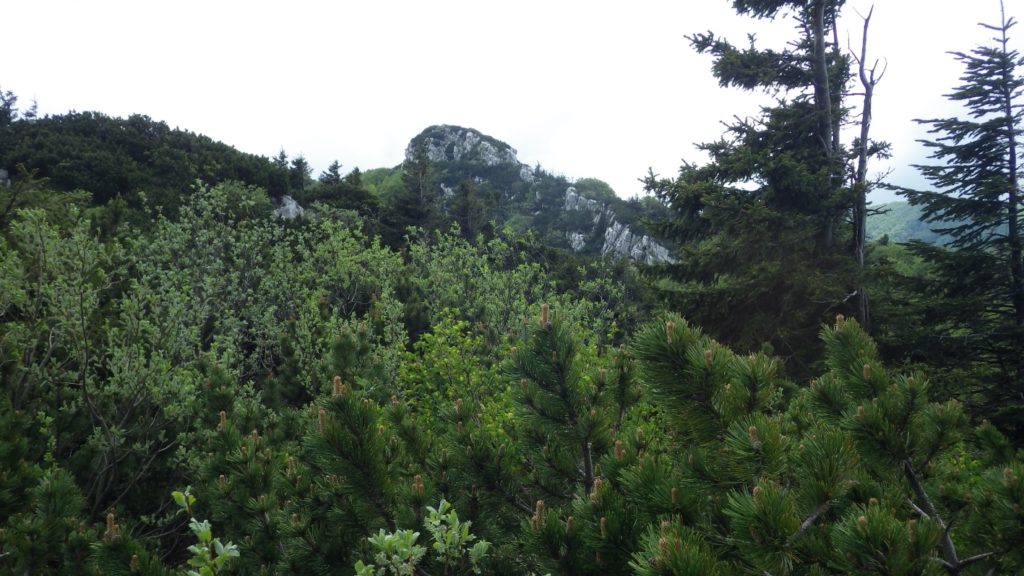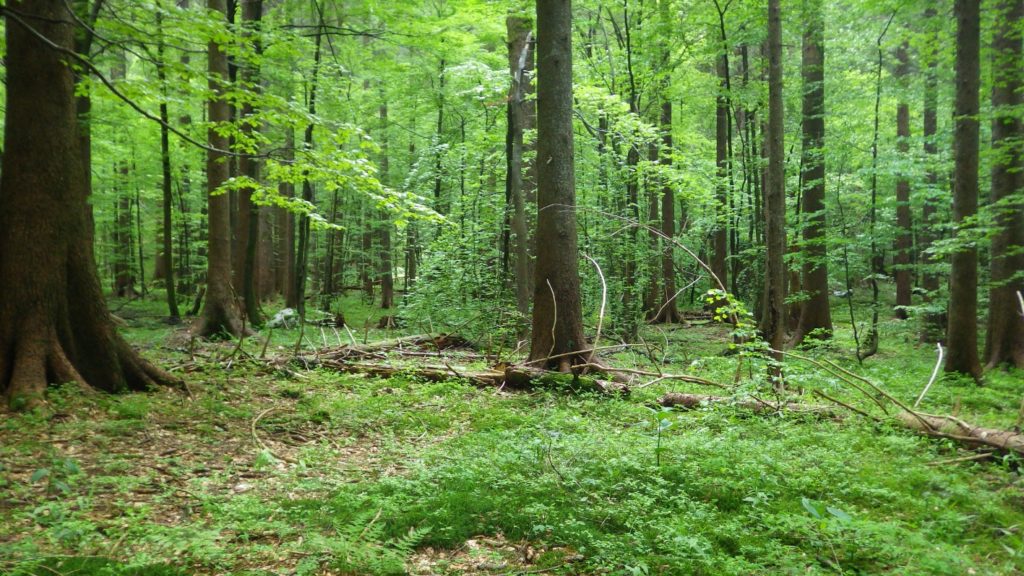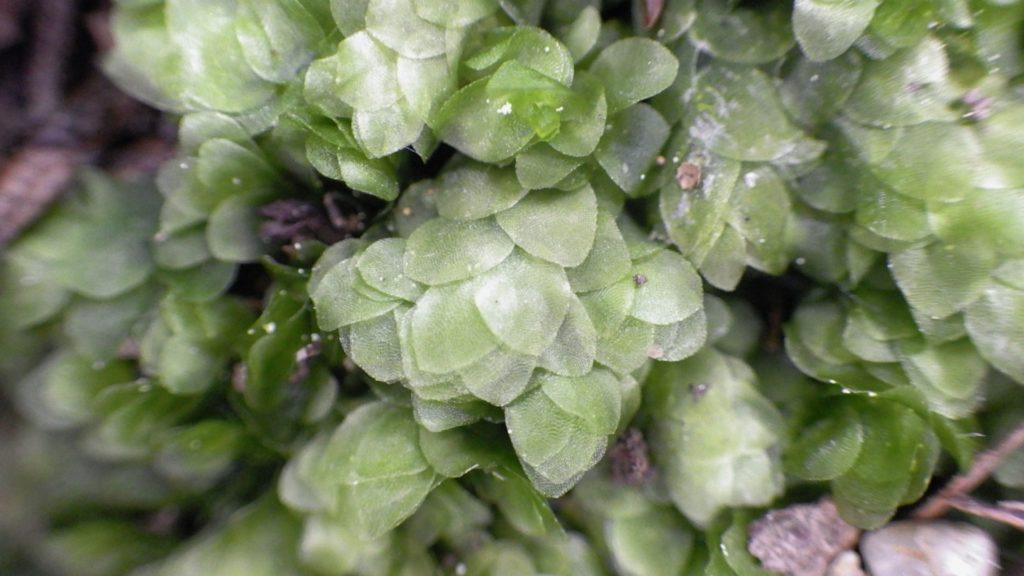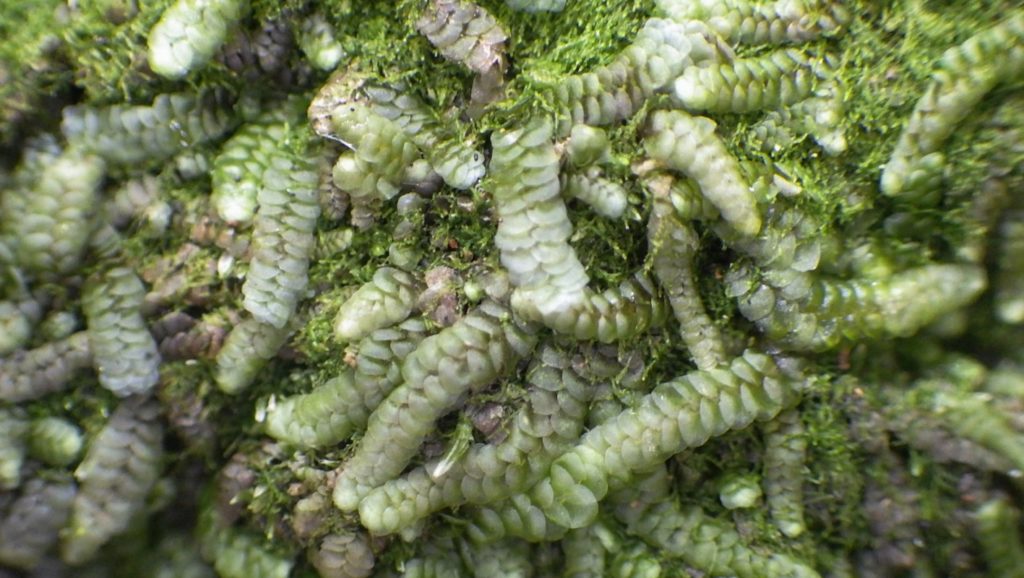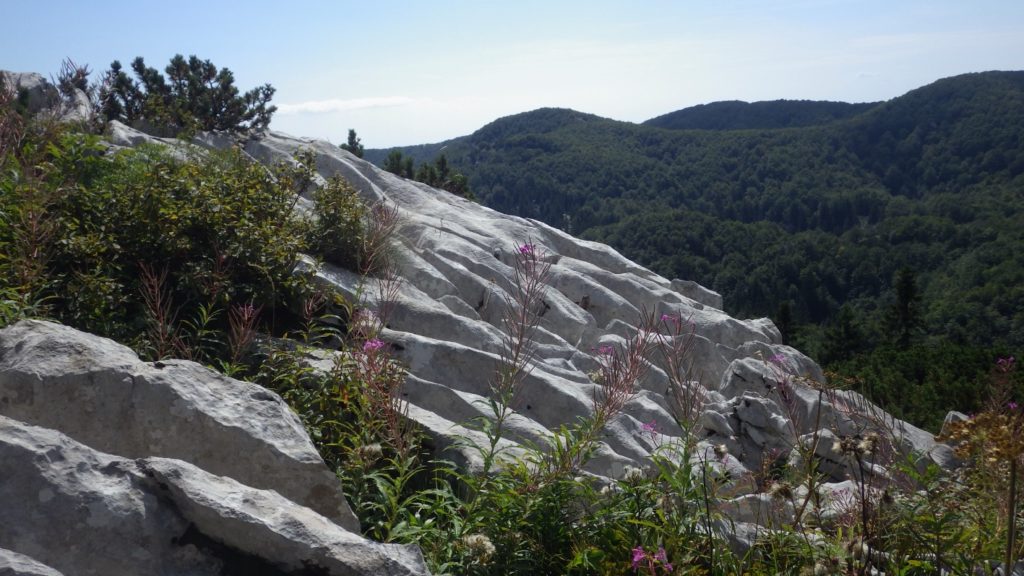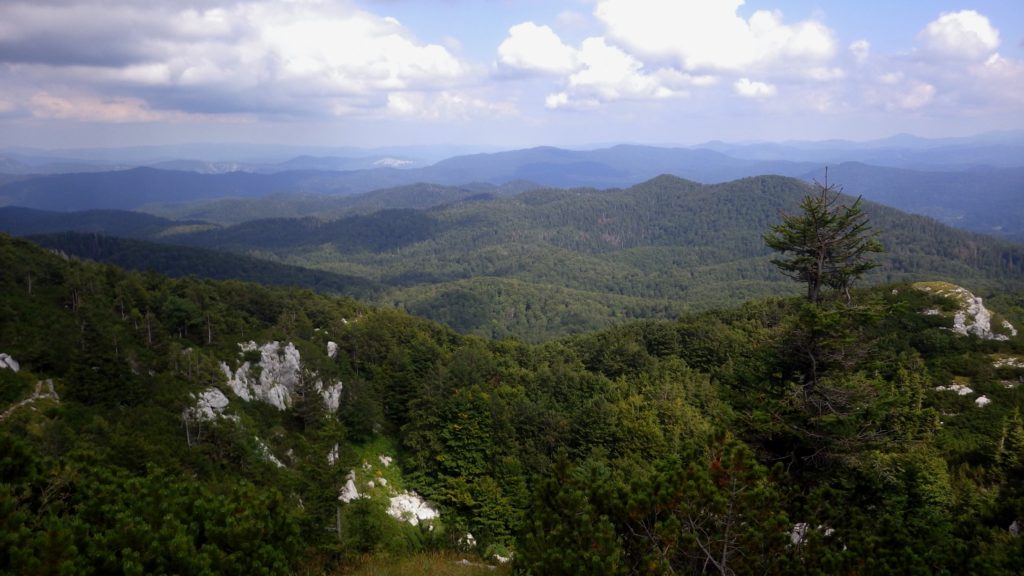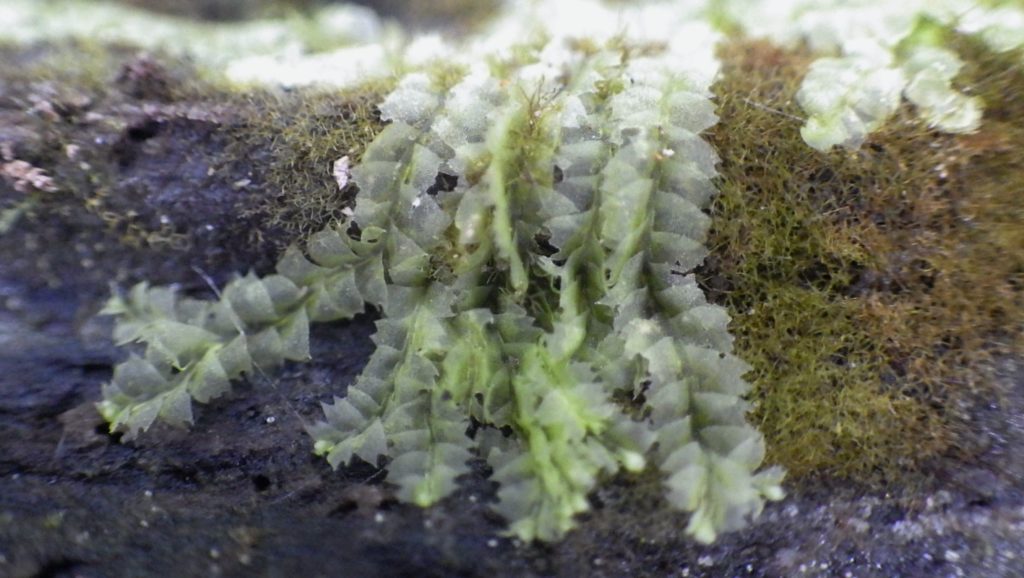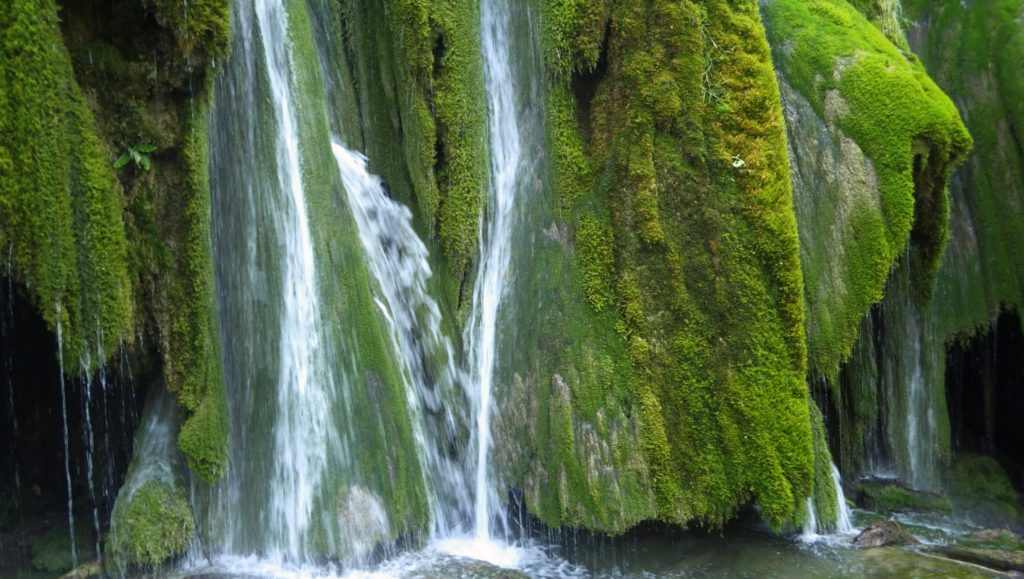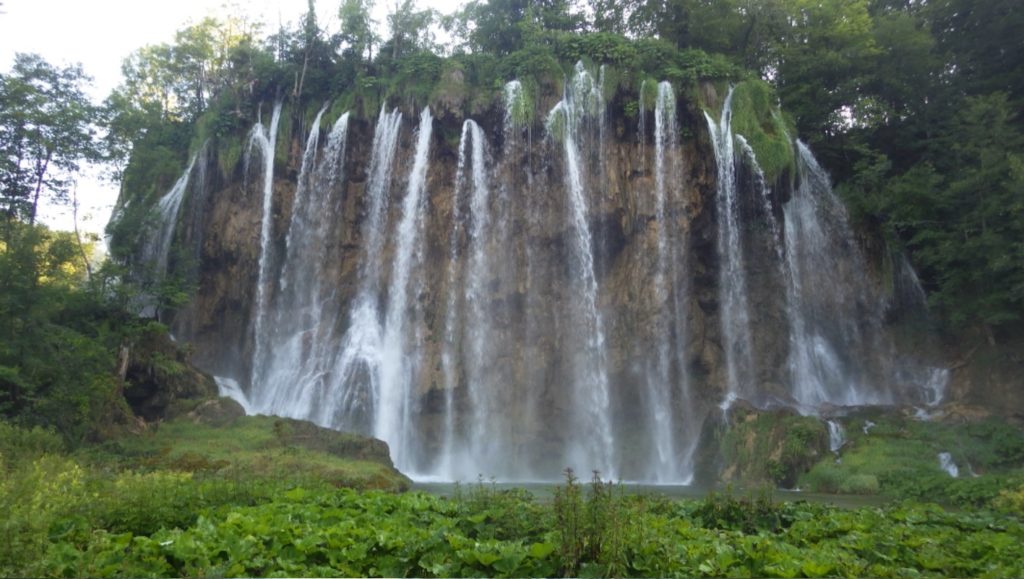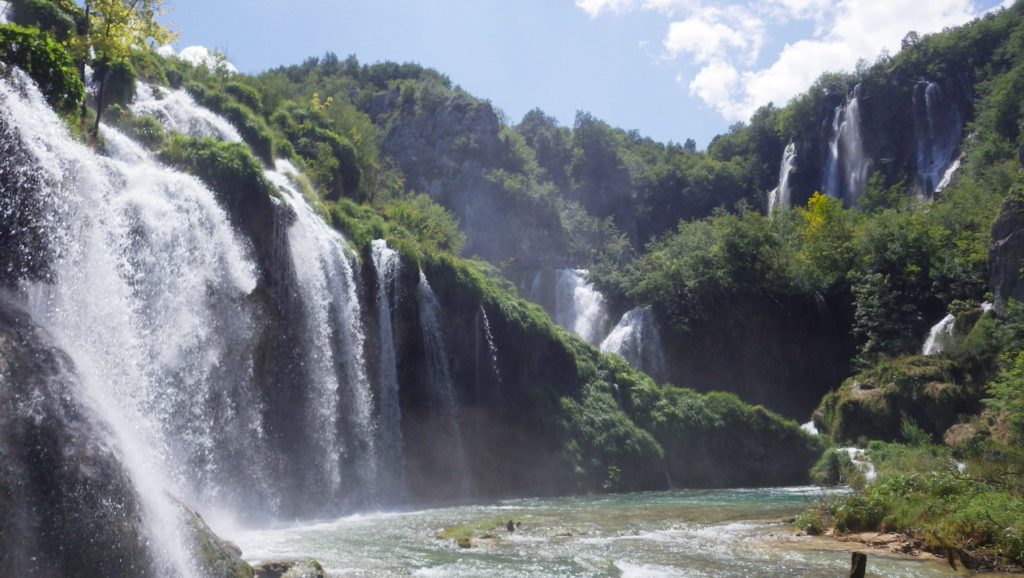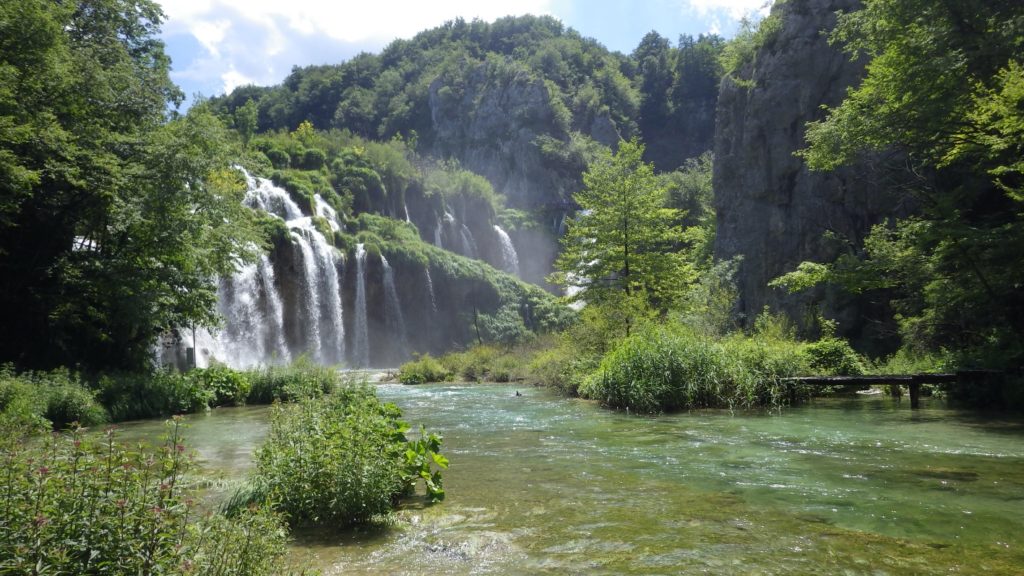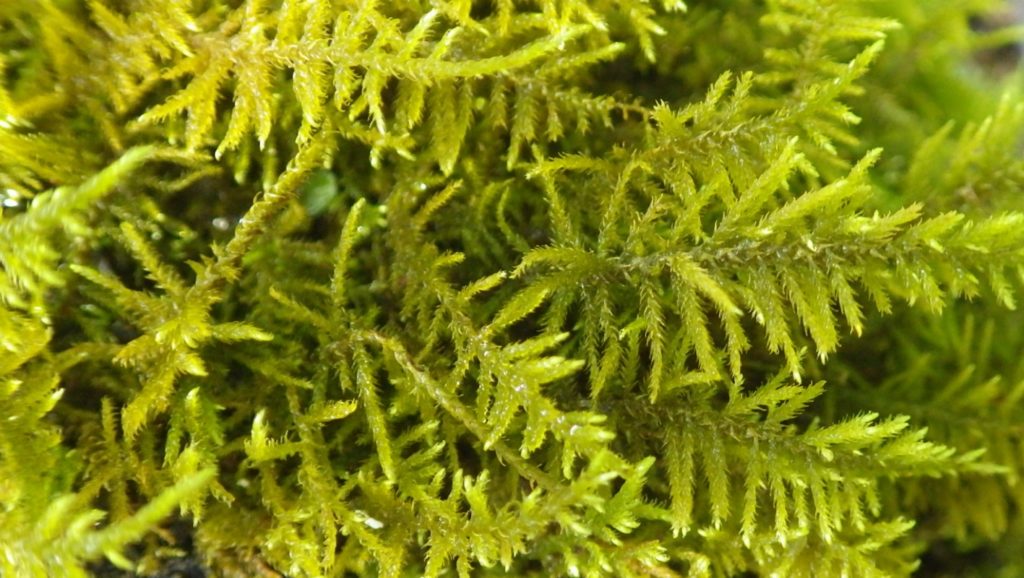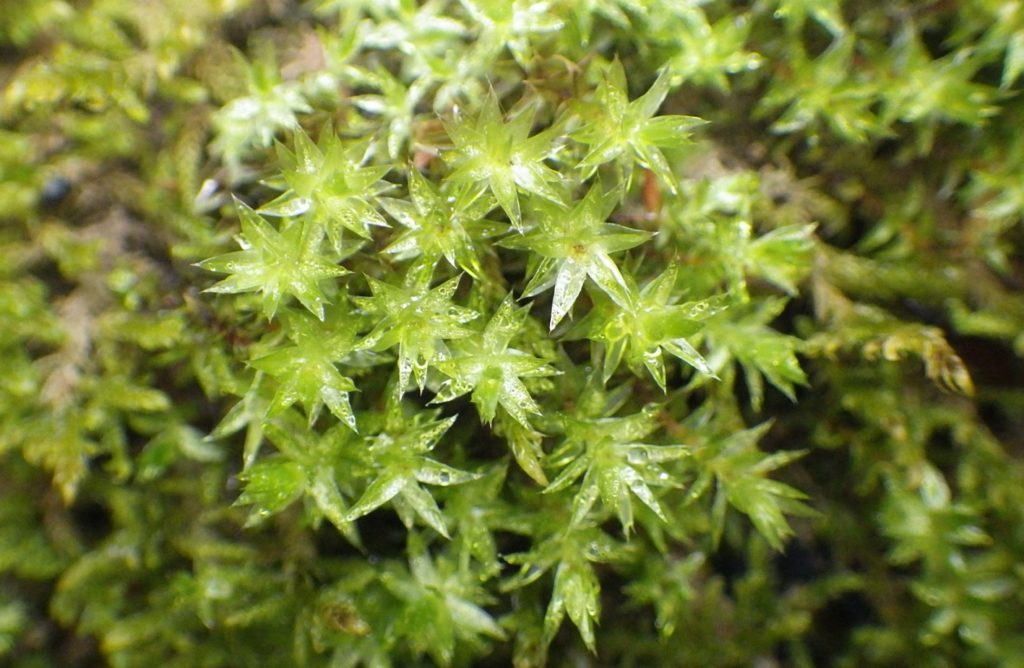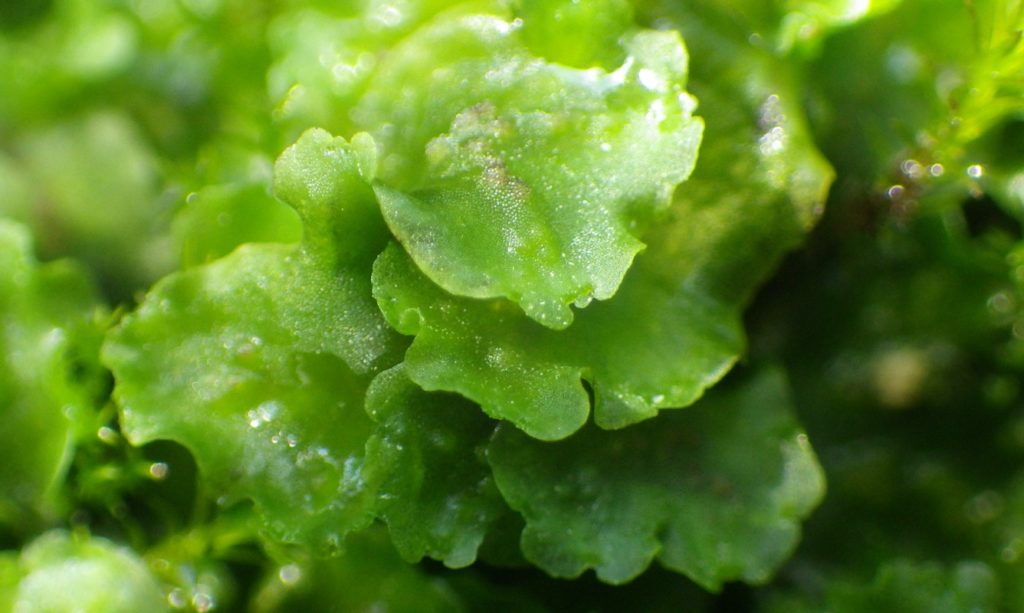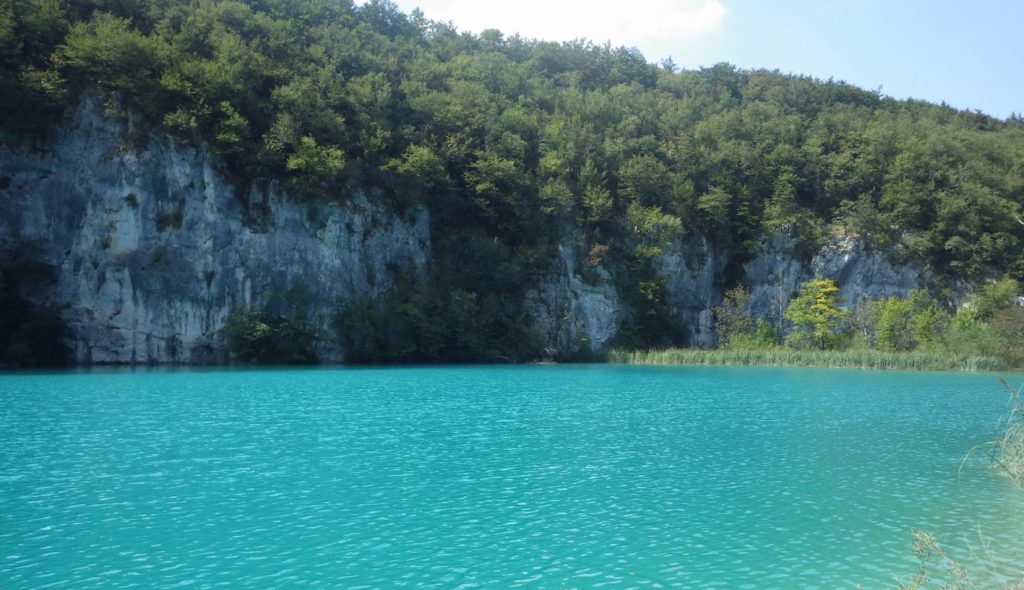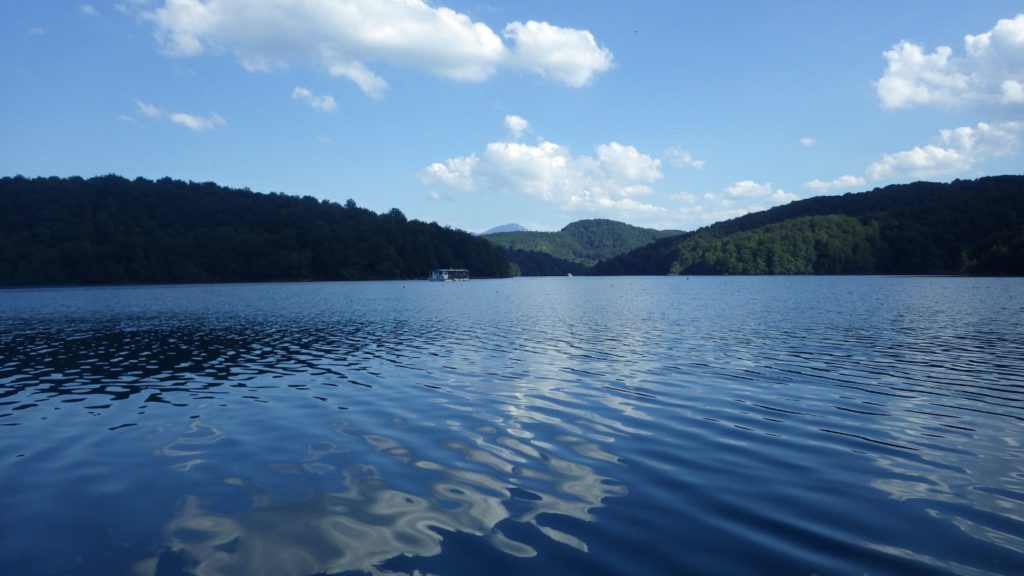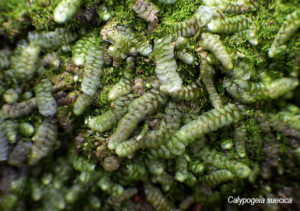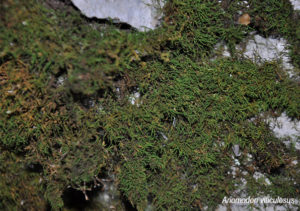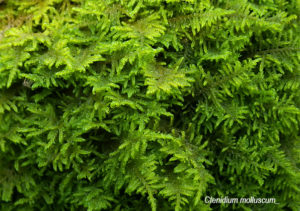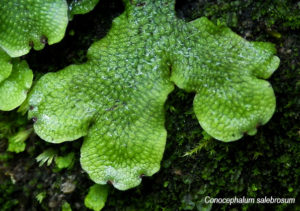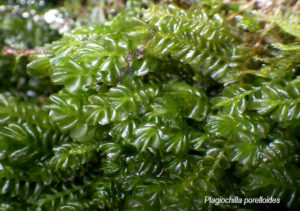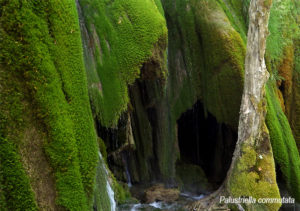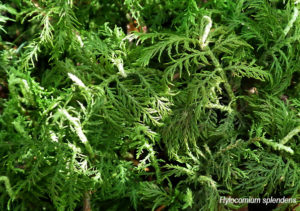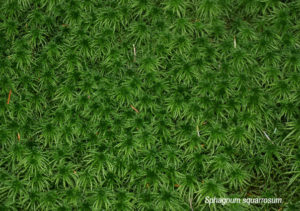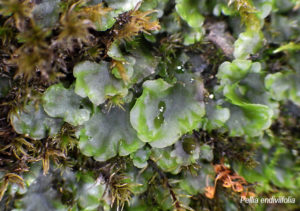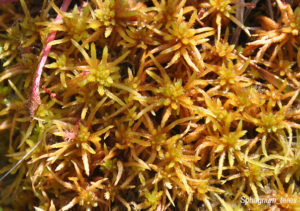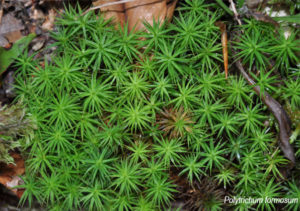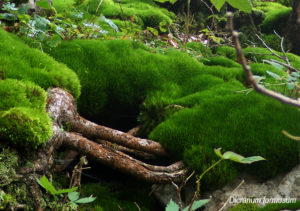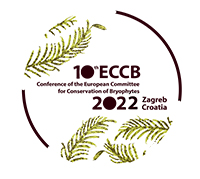Gorski Kotar, Risnjak Mountain National Park
Gorski kotar, literally “Mountain region” is a roughly 40 km long karst plateau in the West of Croatia, withSnježnik (1.506 m), Risnjak (1.528 m) and Bjelolasica (1.533 m) rising from its massif. Precipitation is highest in Croatia, regularly over 2.000 mm yearly, with a maximum of 3.600 mm on the Risnjak summit. The whole area is built up of Mesozoic carbonates and dolomites, but ecologically very important are the relatively small outcrops of siliceous rocks enabling the development of acidophilous forest types. Over 55% of the area is covered with extensive, natural and old-growth forests. The main forest tree is beech (Fagus sylvatica), which forms various communities depending on elevation, exposure, relief and bedrock, followed by fir (Abies alba) and spruce (Picea abies) forests and in lower elevations thermophilous forests with Ostrya carpinifolia and Fraxinus ornus and Pinus mugo on highest positions.
The core mountain area of Gorski kotar is protected as “Risnjak National Park”.
It covers 6.350 ha with the Snježnik and Risnjak as its highest peaks, characterised by high diversity of forest communities and subalpine grasslands.
Link to Risnjak National Park webpage: http//np-risnjak.hr/en/
Link to paper “Contributions to the bryophyte flora of Croatia I. Gorski kotar region (W Croatia)”: http://publication.nhmus.hu/studbot/cikkreszletes.php?idhoz=4735
Plitvice Lakes National Park
The area of Plitvička jezera is situated in the mountainous areas of Croatia, on the southern edge of the Mt Mala Kapela. Since 1949 this area is protected as national park and in 1979 it was proclaimed a World Natural Heritage by UNESCO. The Park covers 29.685 ha, which includes 200 ha occupied by 16 lakes, 13.320 ha by forests, while the rest are grasslands, shrublands and other habitat types. The elevation ranges from 367 m to 1.279 m, with an average altitude of 912 m.
The average annual precipitation is 1.550 mm with maxima in spring and autumn and the snow cover lasts from November to March. The dominant bedrock is limestone. Different types of beech forests compose the climazonal vegetation, of which beech-fir forests are the most widespread. On moist and wet habitats there are forests with Alnus glutinosa, Fraxinus excelsior and Salix spp., on thermophilous habitats there are low forests of Fraxinus ornus and Ostrya carpinifolia, on steep slopes forest of Pinus nigra and P. sylvestris dominate, while on localities with temperature inversion forests with Piceaabies occur. The grassland vegetation is also very rich, with many associations mainly determined by levels of water availability and pH. Very specific for the lakes are the tufa formations, a complex system of barriers and waterfalls, where aquatic bryophyte communities are dominant belonging to vegetation of alliance Cratoneurion commutati.
Link to Plitvice Lakes National Park webpage: https://np-plitvicka-jezera.hr/en/
Link to paper “Contributions to the bryophyte flora of Croatia III. Plitvička jezera National Park and adjacent areas”: http://publication.nhmus.hu/studbot/cikkreszletes.php?idhoz=4822

